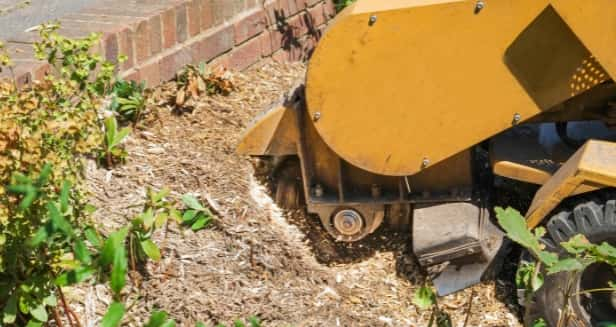Introduction: In the face of increasingly frequent and severe weather events, effective stormwater management has become a critical priority for communities worldwide. While traditional infrastructure plays a vital role in mitigating flooding and erosion, harnessing the natural resilience of trees through strategic trimming offers a sustainable and eco-friendly solution. In this blog post, we delve into the importance of tree trimming for stormwater management and how it can help safeguard our communities against heavy rainfall and runoff impacts.
Absorption and Infiltration:
- Trees play a crucial role in stormwater management by absorbing and infiltrating rainfall through their roots and foliage. However, overgrown trees with dense canopies may hinder this natural process, increasing surface runoff and erosion. By strategically trimming trees to reduce canopy density, arborists can promote better absorption and infiltration of rainfall into the soil. This helps mitigate the risk of flooding and soil erosion, protecting property and the environment.
Reducing Surface Runoff:
- Surface runoff, caused by impervious surfaces like pavement and roofs, can exacerbate flooding and overwhelm drainage systems during heavy rainfall. Trees help intercept and slow runoff by capturing rainfall on their leaves and branches, allowing them to gradually evaporate or percolate into the ground. Through selective trimming to maintain a balanced canopy structure, arborists can optimize this runoff interception function, reducing the volume and velocity of stormwater runoff.
Strengthening Soil Stability:
- Erosion is a common consequence of intense rainfall, particularly in disturbed or compacted soil areas. Trees play a vital role in stabilizing soil through their root systems, which help bind soil particles together and prevent erosion. However, overgrown or structurally compromised trees may contribute to soil destabilization. By trimming trees to remove dead or weak branches and promote healthy root growth, arborists can enhance soil stability and reduce erosion risk during storms.
Enhancing Urban Green Infrastructure:
- Urban areas face unique challenges in stormwater management due to extensive impervious surfaces and limited green spaces. Incorporating trees into urban green infrastructure can help mitigate these challenges by providing natural stormwater management solutions. By strategically planting and trimming trees in urban environments, arborists can create green corridors that intercept and manage stormwater, improving the resilience of urban landscapes to flooding and water pollution.
Promoting Biodiversity and Habitat Connectivity:
- Beyond stormwater management, tree trimming supports biodiversity and habitat connectivity in urban and suburban areas. Maintaining healthy and diverse tree canopies provides a habitat for wildlife and supports ecosystem functions such as pollination and seed dispersal. By trimming trees to promote healthy growth and diversity, arborists can enhance the ecological value of urban green spaces while contributing to stormwater management efforts.
Conclusion: Tree trimming plays a multifaceted role in stormwater management, offering a sustainable and eco-friendly approach to mitigating the impacts of heavy rainfall and runoff. By strategically trimming trees to enhance absorption, reduce surface runoff, strengthen soil stability, and promote biodiversity, arborists can help safeguard our communities against flooding, erosion, and water pollution risks. Let us recognize the invaluable contribution of trees to stormwater management and embrace tree trimming as a key component of resilient and sustainable urban landscapes.
Call us on: 023 8001 2396
Click here to find out more about LM Tree Surgery Eastleigh
Click here to complete our contact form and see how we can help with your tree’s needs.

